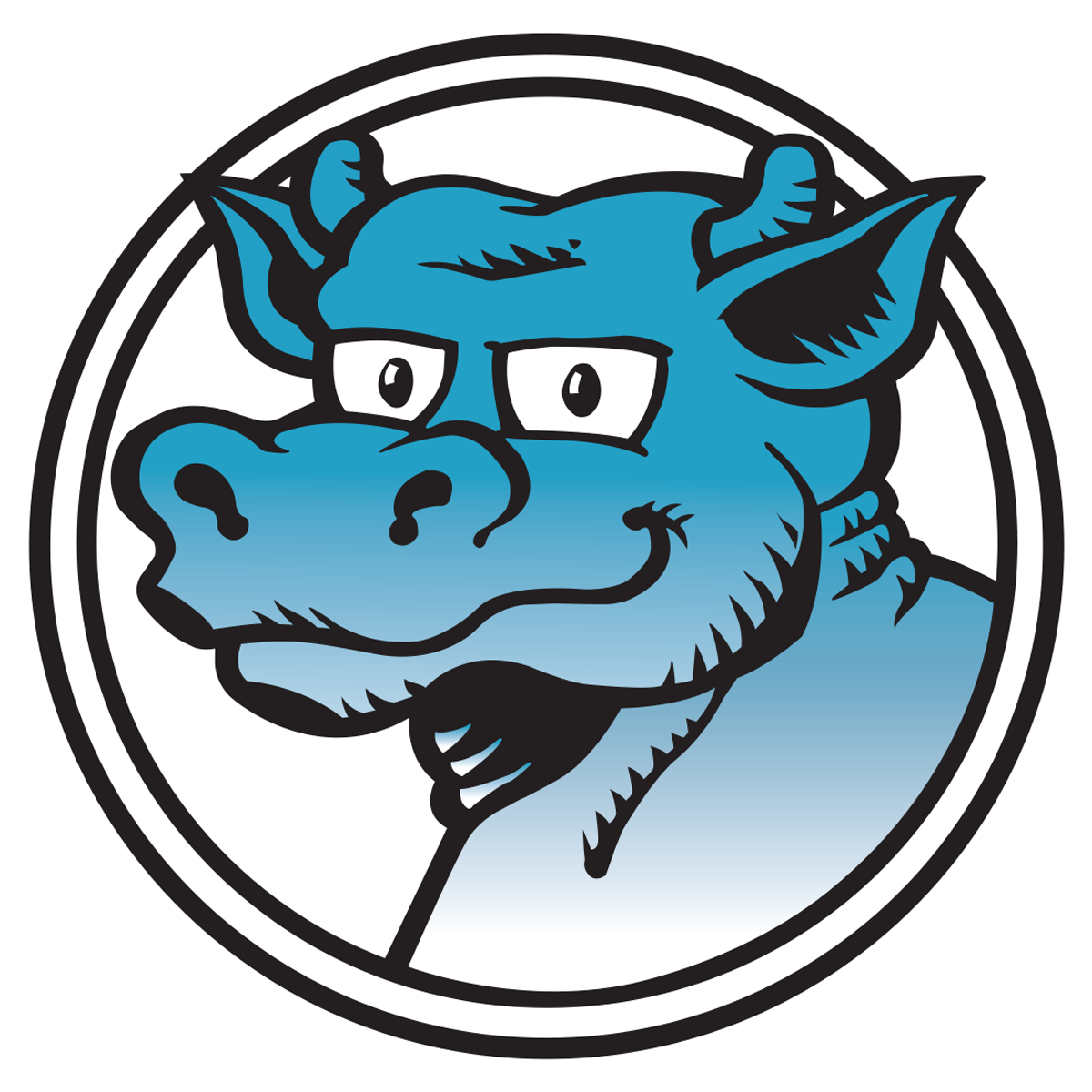A group of middle and high school students from Lehman Alternative Community School (LACS) participated in a weeklong field-based conservation and birding project as part of the school’s annual Trips Week. The program, titled In the Field, offered hands-on learning experiences across the Finger Lakes region.
Led by LACS teacher Desiree Sammoutis in partnership with Beth Bannister from the Cornell Cooperative Extension, the week combined environmental science, citizen science, and conservation storytelling. Students gained a firsthand look at efforts to protect local ecosystems and bird populations.
The week began with a visit to the Cornell Lab of Ornithology, where students learned how Conservation Media supports environmental initiatives around the world using photography, film, and storytelling. They then joined staff from the Cornell Botanic Gardens and worked alongside Cornell entomology graduate student Katherine Poulos to explore how citizen scientists contribute to biodiversity research using platforms like iNaturalist, eBird, and Project NestWatch.
A highlight of the week was a boat trip on Cayuga Lake aboard the Teal, also known as the Floating Classroom. There, students captured the first photo confirming the presence of three newly hatched peregrine falcon chicks—an important contribution to local wildlife monitoring and an exciting moment for students.
"It was so amazing seeing the peregrine falcons,” seventh-grader Emmie Sammoutis said. “I always wanted to see them, and it was really a bucket list item for me!"
The group has been invited back to present their findings on one of the many community cruises provided by Discover Cayuga Lake, help paint birds on the organization’s new dock, and support a blog about the nest that will appear on the Discover Cayuga Lake website.
Later in the week, students camped at Mendon Ponds Park, where they hand-fed nuthatches and chickadees along the park’s trails. Other impactful activities included helping to clear 0.6 acres of invasive honeysuckle at Montezuma National Wildlife Refuge. Students learned about invasive species mapping and the reintroduction of bald eagles at the refuge through a method called “hacking.”
“My favorite part of the trip was the honeysuckle pulling because of how much work we put into it and how rewarding it was afterwards,” eighth-grader Debbie Barbash reflected.
At Braddock Bay Raptor Research, the group learned about new research into a parasitic infection affecting sharp-shinned hawks and how data from Motus towers — including those installed in the Ithaca area by the Cayuga Bird Club — are informing conservation strategies.
Students also explored the intersection of human history and the environment at the Genesee Valley Country Village and Museum and concluded their week with a visit to Wild Wings Nature Center to learn more about birds of prey and the role of human stewardship in protecting wildlife.
Throughout the week, students honed their observation and nature journaling skills, studied bird songs and behaviors, and explored careers in conservation.
“This trip was really fun, but also educational,” eighth-grader Clark Laben-Pittman said. “I learned a lot about birds, invasive species, and camping that I didn't know before. It was also fun helping my fellow students cook meals, and overall I am glad that I learned things on this trip.”
Overall, this experience not only deepened the students’ connection to nature but also connected them to organizations and programs conducting ongoing scientific and conservation efforts in the region.
“I really loved this trip!” eighth-grader Ash Paling said. “I got so much better at birding and so much closer to so many people! I also appreciate birds much more. I will never forget this trip and how much I connected with both friends and nature.”

